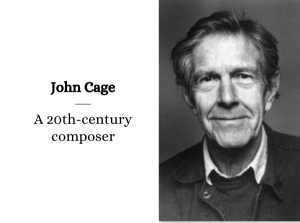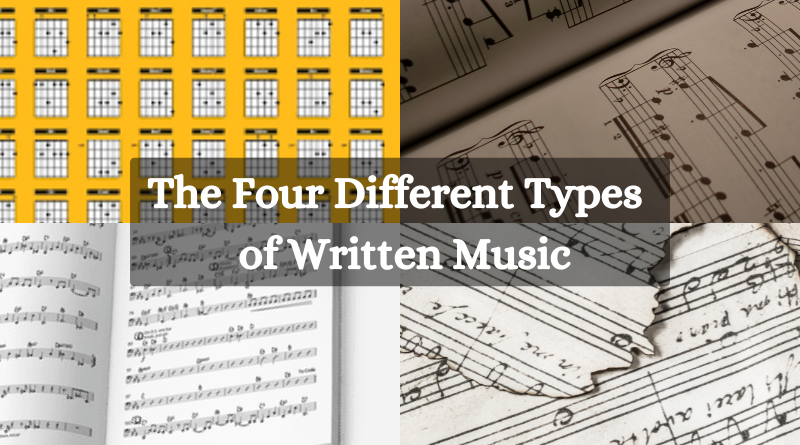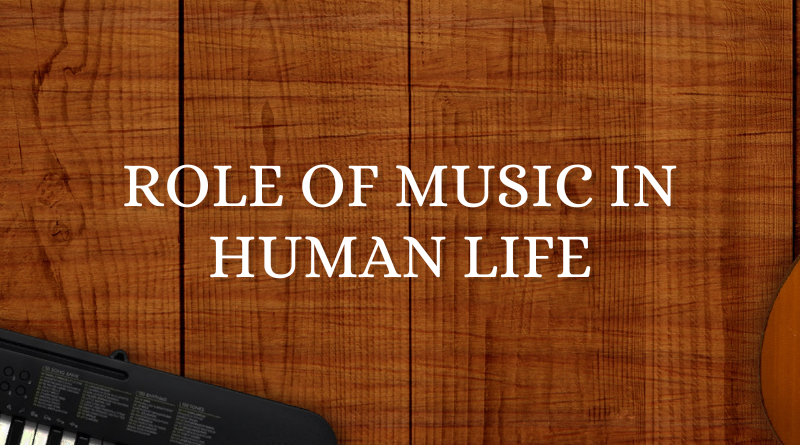The Complete Definition of Music

Music Portal
Music can be described as art that uses both audible and organized sounds. Music is usually expressed in terms pitch (which can include melody and harmony), rhythm which includes tempo, meter, and quality of sound (which can include timbre and articulation), dynamics, and texture. Complex generative forms can also be created in music through the combination of natural stimuli and patterns. Music can be used for aesthetic, aesthetic, communicative or entertainment purposes. Music is defined differently depending on culture and social context.
Music can be seen as an auditory form of art if painting is viewed as a visual form.
Filippino Lippi, Allegory of Music
Lorenzo Lippi, Allegory of Music
Contents
1 Definition
2 History
Three Aspects
4 Production 4.1 Performance
4.2 Solo or ensemble
4.3 Oral tradition, notation
4.4 Improvisation, interpretation, composition
4.5 Composition
//
[edit] Definition as seen by [http://www.FaceYourArt.com]
Main article: Definitions of music
Also see: Music genre
Music is defined as organized sound. Music can be described in a variety of ways. While there are many cultural variations, the basic properties of music are those of sound as it is perceived by humans and animals. Birds and insects make music too.
Music is structured sound. Music cannot contain emotions but can manipulate or transform listeners’ emotions. It is possible to manipulate emotions by creating music for movies.
Theorists from medieval Greece and the Middle Ages defined music as tones that are ordered vertically as harmonies and melodies. This realm of music theory is based on the assumption that music is ordered and pleasant to listen to. Composers challenged the idea that music must be pleasant in the 20th century by creating music with harsher and darker tones. Modern-day music genres like grindcore or noise music have a large underground following. This shows that even the most primitive sounds can be considered music, if the listener is willing to consider them music.

John Cage, a 20th-century composer, disagreed that music should only consist of pleasing, discernible melodies. He also challenged the idea that music can communicate any information. He argued instead that all sounds can be considered music. For example, “There’s no noise, just sound.”[3]. Jean-Jacques Nattiez, musicologist (1990, p.47-8.55), says that music is defined by its culture. This implies that even within one society, the border between noise and music does not always cross at the same spot. In other words, there is seldom a common ….. According to all accounts, there is no universal, intercultural concept that defines what music could be.
Johann Wolfgang Goethe believed patterns and forms were the foundation of music. He stated that architecture is “frozen music”.
[edit] History as seen by [http://www.FaceYourArt.com]
Main article: The history of music
Also see: Politics and music
Figurines playing stringed instrument, found at Susa in the 3rd millennium BC. Iran National Museum.
Music’s history predates the written word, and it is closely tied to each culture. The Sama Veda in India contains the first recorded musical expressions. However, the majority of the written records and studies we have on Western civilization’s history of music are focused on the early records. This covers musical periods like medieval, renaissance and baroque as well as romantic, classical, and 20th-century era music. It is also possible to document the history of music in other cultures. Academic circles are increasingly interested in the “world music” field (or ethnomusicology). This includes both the classical music traditions of Asian countries that are not under the control of western Europe and the folk and indigenous music from other cultures. The term “world music” has been used to cover a broad range of music that is not European or influenced by Europe. However, its original application in the context the Wesleyan University World Music Program was to include all music genres including European traditions. The term “comparative musicalology”, the original term used to study world music, was abandoned in the 20th century. Some still consider it an unsatisfactory name.
The most popular styles of music vary from one culture to another and from one period to the next. Different cultures have different music styles, techniques and emphasised them differently. Music is used for entertainment, ceremonies, practical and artistic communication, as well as propaganda.
Their musical traditions have often been merged with other cultures as a result of greater cultural contact. The United States’ bluegrass style, for example, incorporates elements from Anglo, Scottish, Irish and German musical traditions. These were able to blend in the multi-ethnic society of the United States.
There are many music classifications. Many of them get involved in the debate over music definition. One of the most important is the distinction between classical music or “art” music and popular music (or business music) – which includes rock and roll, country and pop music. There are many genres that don’t fall under one of the “big two” categories, such as folk music or world music or jazz music.
Music genres are determined by music’s presentation and tradition. Most classical music can be performed solo or in groups. However, some works that are considered “classical” may include tapes or samples, or even mechanical instruments. Jazz and classical music can claim some works like Gershwin’s Rhapsody in Blue. Many music festivals today celebrate a specific musical genre.
It is not easy to define “real music”: the Stravinsky ballet scores, late-period Beethoven string quintets, Stravinsky strings, serialism and bebop-era Jazz have all been deemed non-musical by critics at the time they were first presented.
[edit] Aspects as seen by [http://www.FaceYourArt.com]
Main article: Music aspects
These elements are often referred to as the classical European or traditional aspects of music. They include melody, harmony rhythm, tone color, timbre and form. The following aspects of sound are listed: pitch, timbre and loudness. [1] All these aspects are combined to create secondary aspects such as structure, texture, and style. Another aspect that is often included are the spatial location, or movement in space of sounds, gestures, and dance. Silence has been a part of music for a long time. It can be seen in everything from dramatic pauses in Romantic-era Symphonies to avant-garde uses of silence in 20th-century works like John Cage’s 4’33. John Cage regards duration as the main aspect of music, since it is the only thing that is common to both sound and silence.
As we have already mentioned, the importance of each aspect of music varies. Classical music often places more emphasis on melody and harmony than rhythm and timbre. There are many aspects of music that can be universally understood. Definitions are often at the heart of this debate. Tonality is a broad term that can be applied to music, as the common assertion that “tonality”, which is universally accepted in all forms of music, is a good example.
Although a pulse is often regarded as universal, there are solo vocal and instrumental genres that have a free-flowing, improvisational beat. [2] One example is the alap section in a Hindustani music performance. Dane Harwood says, “We need to ask whether there is a cross-cultural musical universal in music itself (either in its structure or function or in the way it is made.” “Music-making” refers to not just the actual performance of music, but also the way that music is heard, understood and even learned. [3]




